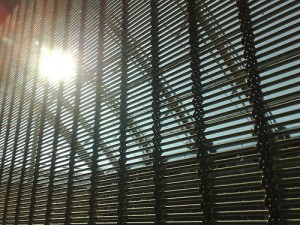Some historical entertainments
I did recently promise some more entertaining blog content after the ‘historic environment’-heavy post this week. So here’s something to stick on your new iPad (or other less fancy PDF readers):
History of World Museum Liverpool
The institution currently known as World Museum Liverpool has a very long history. 150 years to be precise, and it’s celebrating in various ways. Download their free PDF called Liverpool’s Museum: the first 150 years.
I’ve not read the whole thing yet, but it’s already turning into a fascinating story of figures such as Thomas John Moore, William Brown, J.A. Picton and Lord Derby, who have all, in one way or another, left their mark on the city of Liverpool.
Lewis’s Slideshow
When you’re done with that, you should watch the ‘audio slideshow‘ commemorating the even older institution of Lewis’s, featuring voice-overs from former managers and employees, and with a soundtrack of the likes of ‘In My Liverpool Home’, which mentions old Dickie in passing.
There are some great images of the 1950s cafe interior, and the shop floors in days gone by.
Landscape Mystery
Now, you knew Google was getting too powerful, didn’t you? But now it’s creating whole English towns where none should be.
Do you know where Argleton is? Well, according to Google Maps it’s just off the Liverpool-Ormskirk road, near Aughton.
A trap to catch the unwary map-copier? A bad transcription of Aughton? Or a secret base where Google plans to spread it’s evil plan? You decide!
Liverpool Museum gets training grant
In the midst of economic troubles for many externally-funded organisations, National Museums Liverpool has struck lucky in getting £350,000 from the Heritage Lottery Fund.
The money will be used for audience development – reaching out to those who wouldn’t normally see the museum as ‘for them’. Six two-year placements at the new Museum of Liverpool will start from next year. More details available at Art in Liverpool.





